
I know I like something if...I close my eyes, start to chew slowly and try to unravel the flavors parading down the runway of my tounge. We've all been there. At least I hope!
At our Slow Food Lake Tahoe's annual fundraiser two weeks ago, Cooking Outside the (CSA) Box, Dragonfly chef/owner, Bill McCullough put a spin on two rooted vegetables like I've never seen. It was the epitome of "cooking outside the box." I fell compelled to share them both.
The first recipe is...roasted beets, delicately sliced to form raviolis then stuffed with a truffle infused goat cheese and dressed with a balsamic glaze and arugula salad. OMG! The second is...scalloped turnips! Like scalloped potatoes but better and it opens up a whole new door to what you can do with this funky, rooted veggie. Let's get cookin...
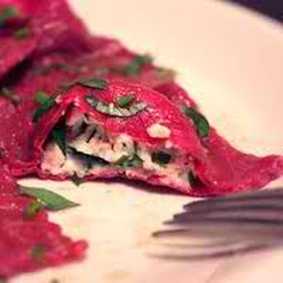
3 each- Red Beets- similar sizes
3 each- Yellow Beets- similar sizes
In deep hotel pans- or heavy pots, place beets- with no tops. Red in one and Yellow in the other. For each container: Fill with water ½ up beets. Then, add olive oil until the beets are covered. Add 2 T chopped parsley, 4T kosher salt, 2 cloves- chopped garlic, 6 black pepper and juice of 3 lemons. Bring liquid up to quick boil- cover and roast in oven for 35 minutes or until you can just easily put a knife into the beet. Cool beet a bit- peel with hands then cool all the way.
Truffled Goat Cheese Filling:
1 ½ #- Cheve Goat Cheese- room temperature
4T- White Truffle Oil
4T- Basil- chopped
Mix together
To Make Ravioli:
Slice beet on a mandolin slicer so they are about 1/16” thick. Basically, they should be a little bigger than transparent. Lay beets out on a sheet tray putting matching sizes next to each other. Lay about 2t of filling in middle of beet, but this also depends on beet size. Use your judgment! Then put a similar size beet over the goat cheese. Press down sides.
Balsamic Glaze:
Reduce 4 cups of balsamic until syrupy. Reduce at a simmer and when you have tight bubbles, it should be done. This will make extra, but you can put it on strawberries for dessert!
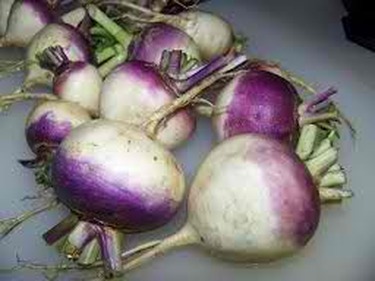
Makes hotel pan- 18 x 12
Pre-Heat Oven to 375 degrees
8 cups- Turnips- peeled and thinly sliced
1 ½ cups- Yellow Onion- thinly sliced
5 T- Garlic- chopped
10 T- Butter
4T- Flour
1 T- Salt
1 ½ cups- Milk
2/3 cup- Heavy Cream
1 t- Black Pepper
3 cups- Gruyere Cheese- grated
-Spray hotel pan with pan spray
-Melt butter in sauté pan- sauté onion and garlic until just soft
-In a bowl, mix everything together- except cheese.
-Once well mixed, layer in pan so turnips are flat and even
-Sprinkle cheese evenly over top
-Cover with tin foil and bake for 30 minutes. Remove foil then bake for another 40 minutes or until top is golden brown.
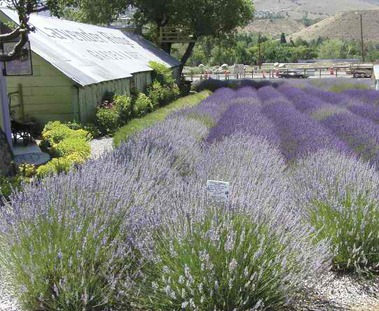
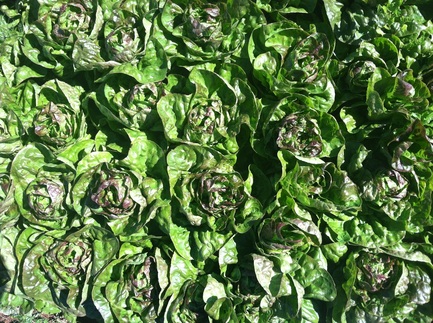
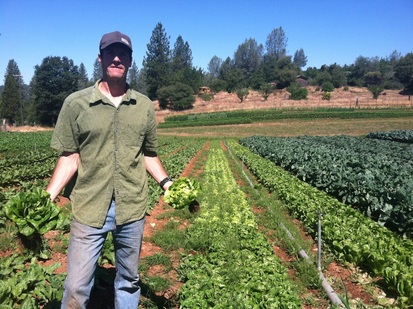
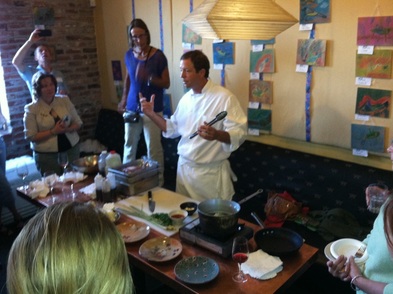
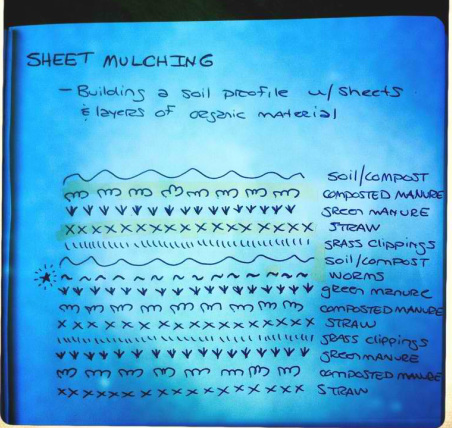
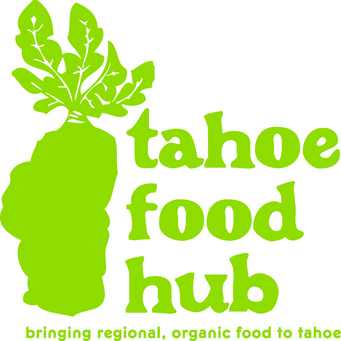

 RSS Feed
RSS Feed
